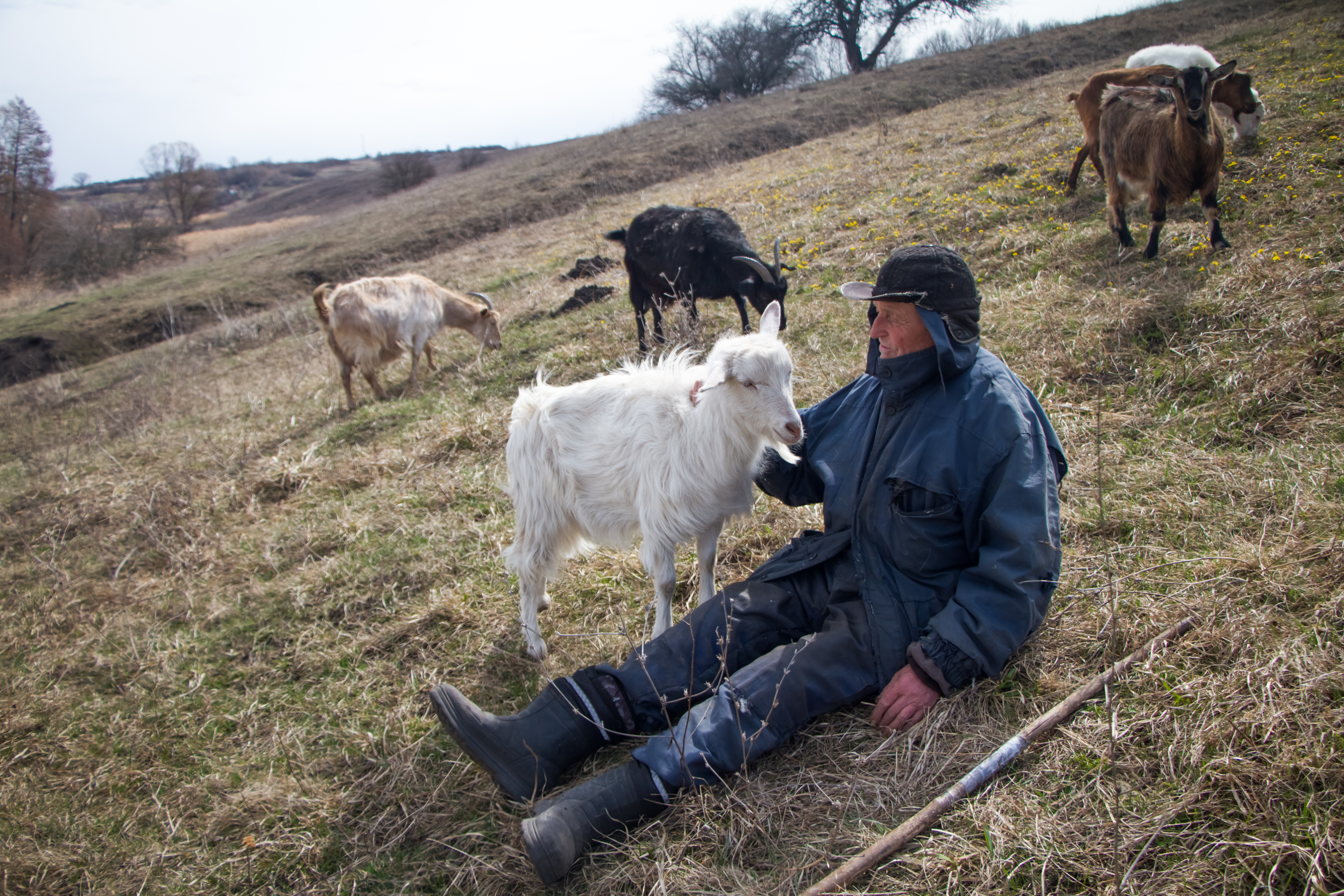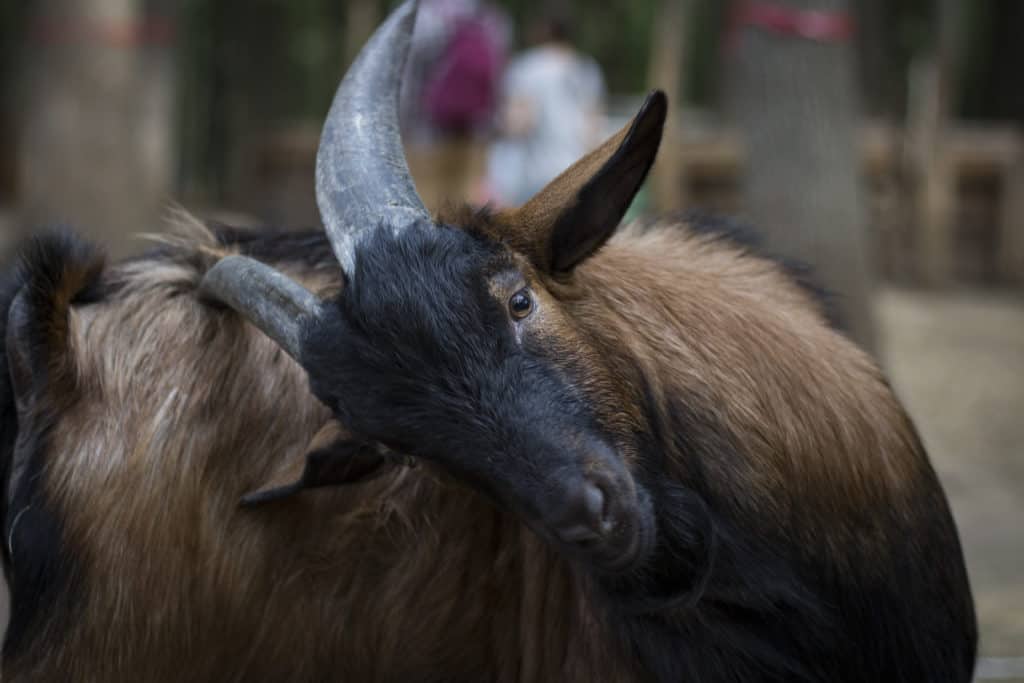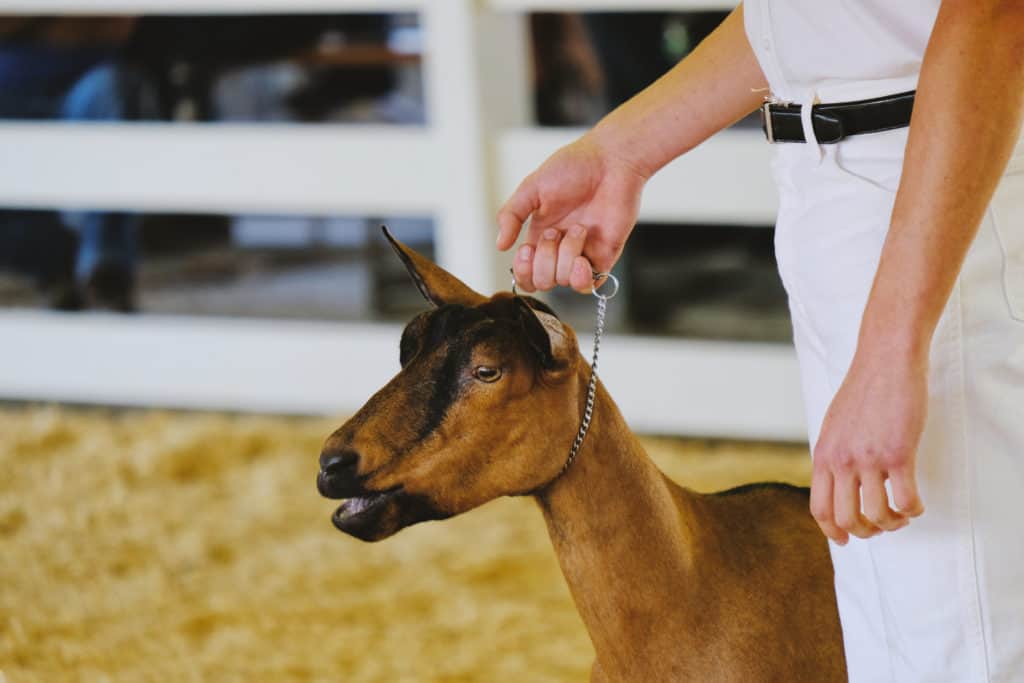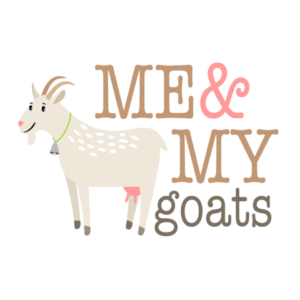
Goats are common farm animals that can be used for milk production, meat, or just as a pet! It’s natural to want to name your goats, but will they really recognize that a name belongs to them?
Goats are quite intelligent and can be trained to recognize and respond to their names. Goat names should be distinct from one another, and clear enough that they can pick it out of a sentence. If you use goats for breeding, you may need to register their names for legal purposes as well.
These farm animals can be stubborn and willful from time to time, but they can learn their own names over time. For more information about goat’s intelligence, training fundamentals, and different ways to train them, read below.
A Goat’s Intelligence

Dogs are often considered to be some of the smartest pets because they can be trained to do many tricks, as well as respond to their own names. It’s easy to think that farm animals and livestock aren’t that smart because all we ever see them do is graze and sleep.
However, goats are quite intelligent and can be trained to do most, if not all, of the same tricks that dogs do. Many people have been able to train their goats to do things like:
- Come when they are called
- Heel
- Accept hoof trimming
- Back up on command
- Spin
- Shake hands
- Jump through hoops
- Walk on two legs
- Bow
- Shake their heads
- Give kisses
- Pull small carts or wagons
Goats can even be potty-trained to some level. Each goat has its own distinct personality though, and some of them just don’t want to do what they’re told. This doesn’t necessarily mean that they’re stupid, just that they’re stubborn!
Goats have also been tested by scientists to determine their intelligence. Before goats were domesticated they needed to have good memories and quick reactions to enable them to find food and avoid predators. They developed a good learning ability and their domesticated descendants still retain a lot of those traits.
A study on goat intelligence was performed a few years ago by the Queen Mary University of London. They had goats solve a puzzle with their teeth in order to get a reward of food. 9 of the 12 goats were able to solve the puzzle after a few tries, and all of them were able to solve it again 10 months later. This demonstrated that goats were effective problem solvers and had good memories.
So even though your goat might not always come when it’s called, it may still recognize its name. Diligent training and positive reinforcement can encourage your goats to come when they’re called, as well as learn a variety of other tricks.
How To Train Goats

One of the first things that many goats learn is their name. It’s possible that they’ll learn it naturally over time due to repetition, but there are ways that owners can encourage this response.
It’s helpful when goats know their names because they’ll come when they’re called, respond as individuals instead of as a herd, and will become more comfortable working with their owner.
1. Assert Dominance in the Herd and Maintain Control
One of the first things you need to do is establish yourself as a leader among the goats. They will respect you more and be more. open to training if they see you as part of the herd. As you feed, groom, and chastise your goats, they will begin to respect and trust you.
2. Create an Inviting Atmosphere for Training
Training will take a lot of repetition and patience. Goats need a good environment in order to learn. Make sure their pen/training area isn’t distracting or uncomfortable. They’ll be more receptive to learn if they feel safe and comfortable.
3. Goats Respond to Tone and Body Language
Goats have evolved to recognize threats in the wild, so they will notice aggressive behavior when they see it. If you make harsh movements and speak in a loud tone, they’ll form a negative association with the trigger. This can be helpful when you want them to stop doing something, but don’t rely solely on fear and punishment. Positive reinforcement and praise can be more helpful in the long run.
4. Goats Associate Sights and Sounds with Certain Events
In a similar vein to the point above, goats are quick learners and form associations between actions and reactions. They will begin to form connections between the sight of a treat or the sound of a clicker. They’ll connect these triggers with the experience of training. These triggers can be used to reinforce their names as well since they respond to certain sounds.
Tip: Most goats are extremely food motivated. Once you know what kind of treats your goat likes, these can be great incentives to help them learn new tricks and come when they’re called.
5. Remember That Every Goat is Different
Every goat is unique and will have a different reaction to training. Some goats are eager to learn and may pick up new tricks very easily. Others might be bored, restless, or annoyed with it. Some goats just don’t want to work with you, but with enough time and patience, they’ll all be able to learn something.
There are a few different types of training that have been effective for goats.
Clicker Training: Using a clicker or small noisemaker has been an effective way to train many types of animals. They associate the sound of the click with a reward, so they know when they’re doing something right.
Word Training: Word training uses the same principle as the clicker, but it has a wider range of uses. You need to use simple commands and speak clearly. With enough guidance and repetition, your goat will associate these sounds with certain actions.
Target Training: Target training is a way to guide your goat through the desired actions. This is good for commands like “heel”, “spin”, and “shake”. Usually, you need a stick or metal pointer to guide your goat toward the desired outcomes. Rewards are an important part of this method too!
For more information on all of these training methods, visit this article from backyardgoats.com.
